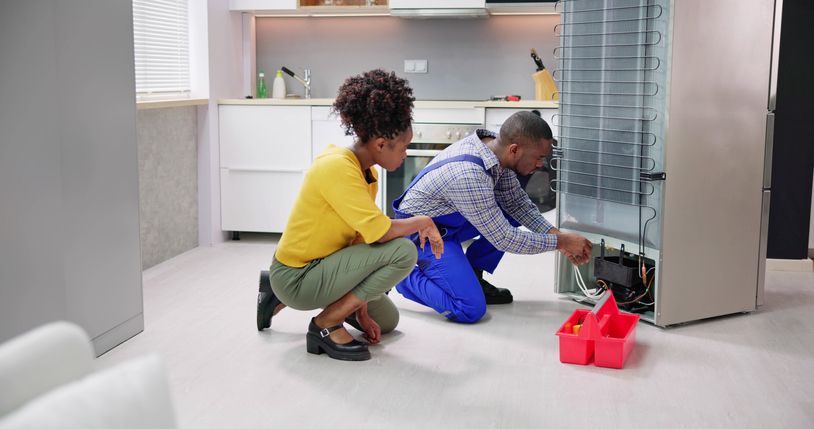An Explanation of Paragraph 16 of Form SPD

Paragraph 16 of the Seller’s Property Disclosure Statement (Form SPD) (Other Equipment and Appliances) is commonly misunderstood. Though the wording certainly seems very straightforward, members and consumers don’t always seem to grasp the intent of the language. So let’s do a deep dive into the reasoning behind the paragraph and explain why it is even in there in the first place.
Let’s look at the paragraph in question:

Why do we need this paragraph?
The Real Estate Seller Disclosure Law requires disclosure with respect to specific subjects and categories in Section 7304. One of these categories is “(12) Other equipment and appliances included in the sale.” This means that if an appliance were to stay, there would need to be some form of disclosure of material defects if they exist.
What is the purpose of Paragraph 16?
The purpose of Paragraph 16 of Form SPD is to list out whether specific items have problems or are in need of repairs. The paragraph lists out specific items commonly found in residential properties and then also has a spot for others not listed.
How does my seller complete Paragraph 16?
Think of this as a two-step process.
Step 1: If a particular item does not exist in the property (there are no ceiling fans, for example), then check N/A (as in … this is not applicable because there isn’t one in the property at all).
Step 2: If the item exists in the property, then the seller should check “yes” or “no” based on whether they are aware of problems with the item. If there is a refrigerator in the property that has no issues, the answer would be “no” (as in “there is no problem with the fridge”). If there is a refrigerator in the property that is broken or has an issue, the answer would be “yes” (as in “yes, there is a potential problem with the fridge”).
Just to be clear, do not use the yes/no option to indicate whether the item is in the property – use it to indicate whether there’s a known issue with that item.
BONUS ROUND:
One of the most common misconceptions is that this paragraph somehow is meant to indicate whether the seller is offering or committing to include certain items in the transaction. That is NOT the purpose of this paragraph, and never has been – as you can see from the all bold, all capitalized sentence in that section. The only items of personal property included in the sale are the ones that are specifically listed in the agreement of sale. It is also important to note that even if the seller believes today that they are absolutely never going to give the refrigerator with the property, they should still answer whether there is an issue or not. This is because everything is negotiable. IF the seller were to select an offer that included the refrigerator, or were to later change their mind and negotiate into the deal, they would want to make sure that they have covered all the bases as required by the Real Estate Seller Disclosure Law.
Topics
Share this post
Member Discussion
Recent Articles
-
Estimated Closing Costs: How Mandatory Are They, Really?
- November 22, 2024
- 5 min. read
When do you have to give estimated costs? Can you use estimated costs developed by others? Let’s hit a couple of common Legal Hotline questions about the details of estimated closing costs.
-
Tri-County Realtor® Leads Efforts to Fight Hunger
- November 21, 2024
- 2 min. read
Heather Griesser-LaPierre, a member of Tri-County Suburban Realtors®, led an initiative last month to pack 238,000 meals for hurricane victims alongside fellow Realtors® and other volunteers.
-
9 Tips to Save Money When Moving
- November 20, 2024
- 3 min. read
For new homeowners, moving costs can add up quickly. Here are nine tips to keep moving costs down, from Point2.
Daily Emails
You’ll be the first to know about real estate trends and various legal happenings. Stay up-to-date by subscribing to JustListed.



